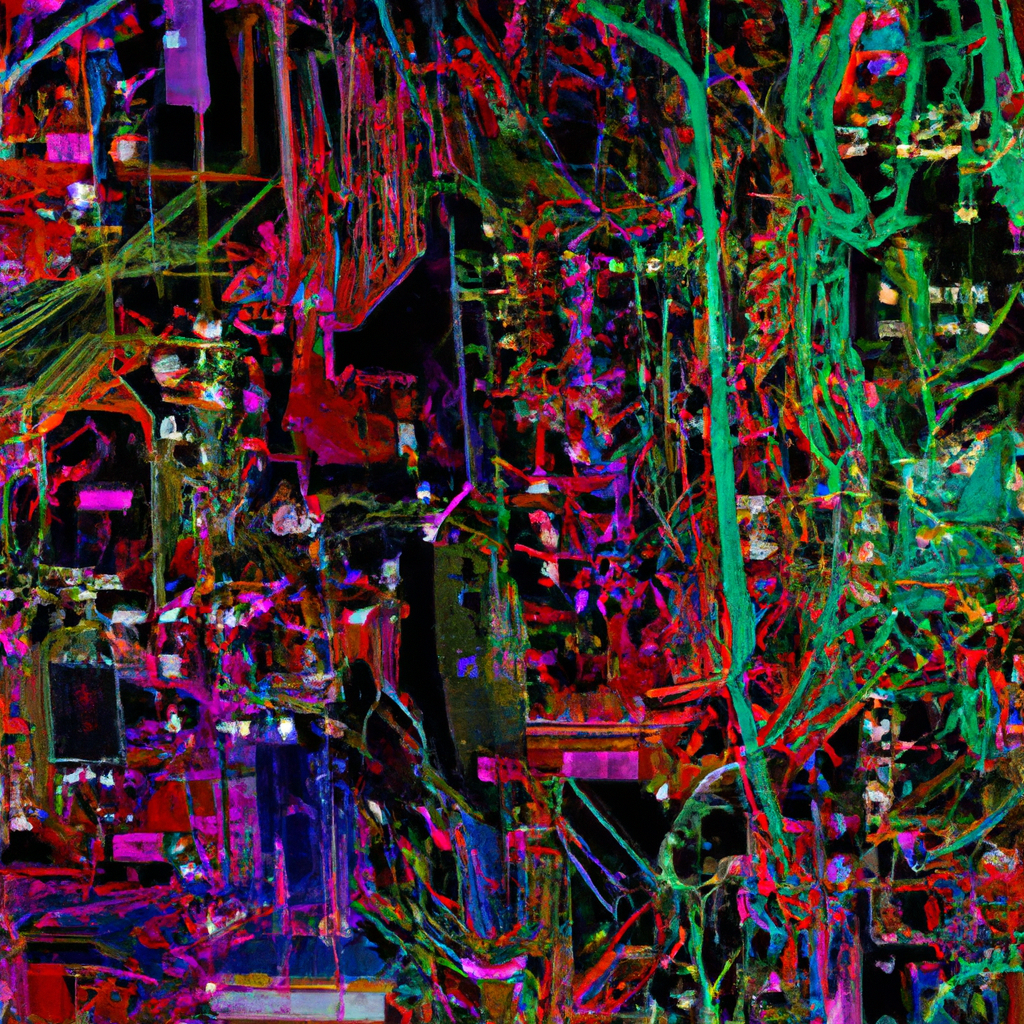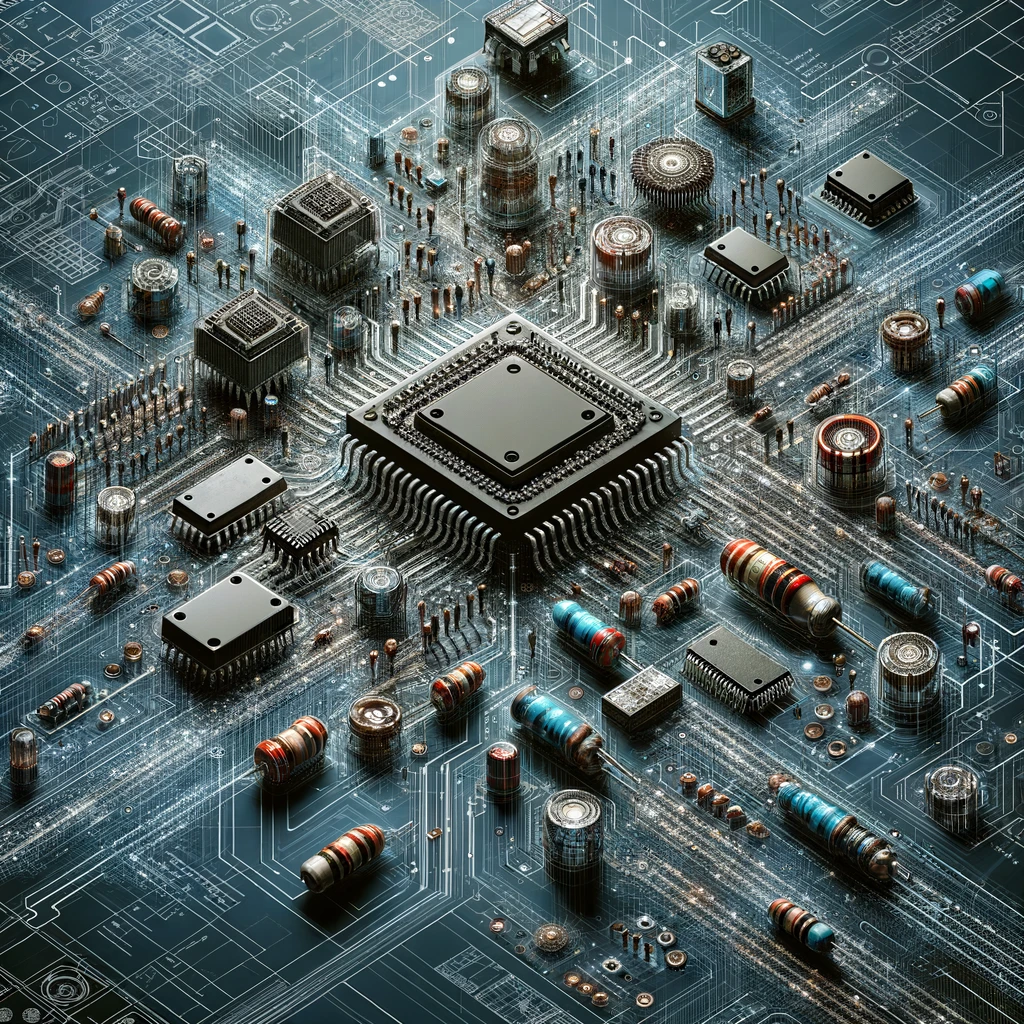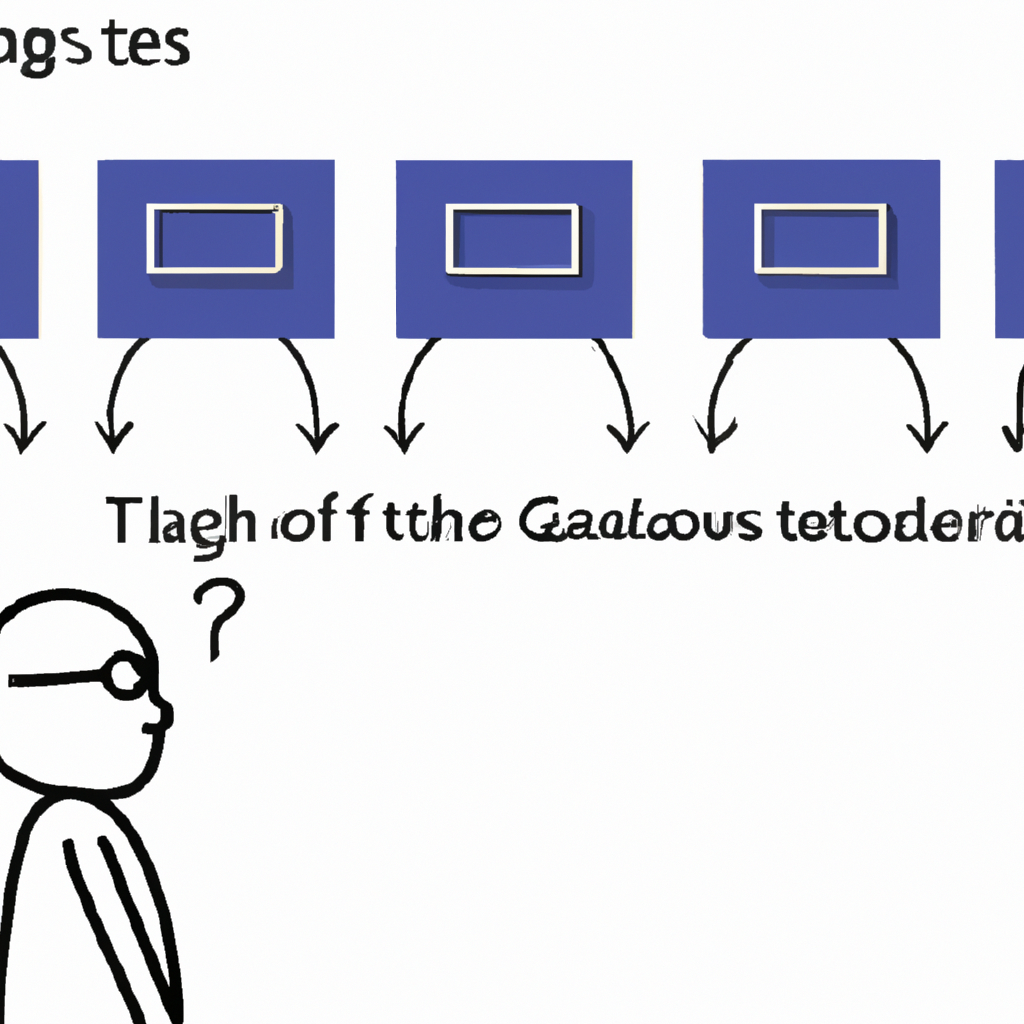Renewable energy generation has become a crucial focus in today’s world, as we strive to reduce our dependence on fossil fuels and combat the effects of climate change. In recent years, advancements in circuits and systems have played a significant role in unlocking the hidden potential of renewable energy sources. This article explores the groundbreaking research and innovations in this field that are reshaping the future of energy production.

Harnessing Solar Power with Advanced Circuitry
Solar energy is one of the most abundant and sustainable sources of renewable energy. With recent advancements in circuits and systems, solar power generation has become more efficient and cost-effective.
Maximizing Efficiency with Photovoltaic Cells
Photovoltaic (PV) cells, commonly known as solar cells, are at the heart of solar power systems. These cells convert sunlight directly into electricity. Recent research has focused on improving the efficiency of PV cells by enhancing their ability to capture and convert sunlight.
Cutting-edge circuitry designs have facilitated the development of multi-junction solar cells. These cells consist of multiple layers of semiconductor materials, each designed to absorb different wavelengths of sunlight. By utilizing a broader spectrum of light, multi-junction solar cells can achieve higher conversion efficiencies, leading to increased power output.
Enhancing Energy Storage with Advanced Battery Systems
One of the challenges of solar power generation is its intermittent nature. To overcome this, advanced battery systems have been designed to store excess energy during periods of high generation and release it during times of low generation.
Recent research has focused on developing more efficient and durable batteries. Lithium-ion batteries, for instance, have seen significant improvements in energy density and lifespan, making them a preferred choice for renewable energy storage. The integration of sophisticated circuitry in these batteries ensures optimal charging and discharging cycles, maximizing their overall performance.
Revolutionizing Wind Power through Circuit Innovations
Wind power is another abundant source of renewable energy, and recent advancements in circuits and systems have greatly enhanced its efficiency and reliability.
Enhancing Turbine Control Systems
Turbine control systems play a critical role in optimizing the performance of wind turbines. Advanced circuitry enables precise control of rotor speed, blade pitch, and yaw angle, ensuring maximum energy capture from the wind.
Innovations in power electronics have facilitated the development of variable-speed wind turbines. These turbines can adjust their rotational speed based on the wind speed, allowing for improved efficiency across a wider range of wind conditions. Furthermore, advanced circuit designs enable effective grid integration, facilitating the seamless transfer of wind-generated electricity to the power grid.
Overcoming Grid Stability Challenges
The intermittent nature of wind power can pose challenges to grid stability. However, recent research in circuits and systems has led to the development of advanced power electronics solutions that address these issues.
Grid-forming inverters, for example, play a crucial role in stabilizing the power grid by providing voltage and frequency support. These inverters utilize sophisticated control algorithms and advanced circuitry to ensure a reliable and stable electricity supply from wind farms.
Pushing the Boundaries of Wave Energy Conversion
Wave energy, derived from the motion of ocean waves, holds tremendous potential as a renewable energy source. Recent advancements in circuits and systems have brought us closer to harnessing this vast energy resource.
Innovative Circuit Designs for Wave Energy Converters
Wave energy converters (WECs) are devices that capture the energy from ocean waves and convert it into electricity. Advanced circuit designs have enabled the development of more efficient and robust WECs, improving their overall performance.
Power take-off systems, consisting of electrical circuits and components, play a crucial role in extracting energy from the WECs and delivering it to the electrical grid. Recent research has focused on optimizing these systems to maximize power extraction, improving the viability of wave energy as a renewable energy source.
Conclusion
Recent research in circuits and systems has unlocked the hidden potential of renewable energy generation, revolutionizing the way we harness solar, wind, and wave power. Through advancements in circuit design, photovoltaic cells have become more efficient, battery systems have improved energy storage, wind turbines have achieved higher performance, and wave energy conversion has become more viable. As we continue to explore and innovate in this field, the future of renewable energy looks brighter than ever before. It is through these advancements that we can pave the way towards a sustainable and greener future for generations to come.





